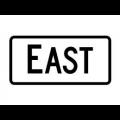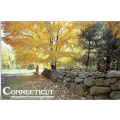Connecticut
What you need to know about becoming a Pharmacy Technician in Connecticut. Including Connecticut licensing and training requirements, schools & colleges offering pharmacy technician programs and employment and salary trends for pharmacy techs in Connecticut (CT).








